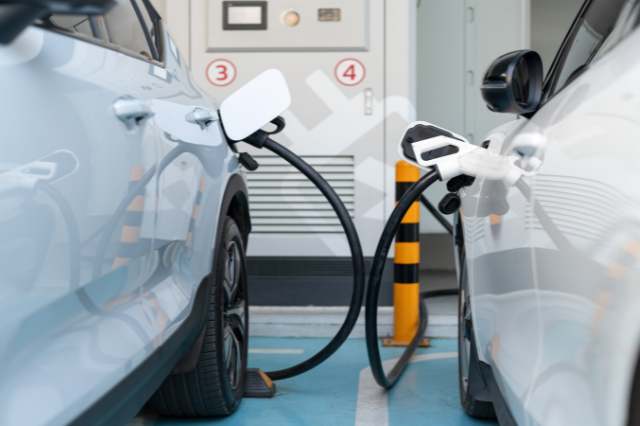Are EVs truly clean if the grids from which they draw power are not?

As the world embraces the transition to electric vehicles (EVs) in pursuit of cleaner and more sustainable transportation, a pertinent question arises: Are EVs truly clean if the grids from which they draw power are not?
The world is currently experiencing a significant transition towards electric vehicles (EVs) as a crucial step in combating climate change and reducing reliance on fossil fuels. Governments, industries, and individuals worldwide are recognizing the environmental and economic benefits of EV adoption. The global push towards EVs is fueled by several factors, including stricter emissions regulations, advancements in battery technology, declining costs, and growing public awareness of the need for sustainable transportation solutions. Many countries are implementing ambitious policies and incentives to encourage the adoption of EVs, such as subsidies, tax incentives, and the expansion of charging infrastructure. As a result, automakers are ramping up their production of EV models, and consumers are increasingly considering EVs as viable alternatives to traditional combustion engine vehicles. This ongoing transition to EVs represents a significant shift in the automotive landscape, but are we ready for this.
The Rise of Electric Vehicles:
The increasing popularity of electric vehicles stems from their potential to reduce greenhouse gas emissions, dependence on fossil fuels, and air pollution. EVs are powered by electricity stored in rechargeable batteries, which can be charged from various sources, including residential charging stations and public charging infrastructure. However, the environmental benefits of EVs heavily depend on the energy sources used to generate the electricity that charges them.
The Challenge of Grid Emissions:
When EVs are charged using electricity generated from non-renewable sources, the emissions associated with electricity production can undermine their environmental advantages. These energy sources are known for their high carbon content, leading to significant carbon dioxide (CO2) emissions when combusted for electricity generation. The combustion process releases CO2, a greenhouse gas that contributes to climate change. Additionally, burning fossil fuels also releases air pollutants, including nitrogen oxides (NOx), sulfur dioxide (SO2), and particulate matter (PM), which have detrimental effects on air quality and human health. These sources contribute to carbon dioxide (CO2) emissions, air pollutants, and other detrimental environmental impacts.
The emissions and environmental impacts associated with non-renewable energy sources highlight the need for a shift towards cleaner and more sustainable alternatives. Transitioning to renewable energy sources, such as solar, is crucial for reducing emissions and minimizing environmental harm. Renewable energy technologies generate electricity without the same level of CO2 emissions and air pollutants, offering a more sustainable pathway for powering EVs.
Addressing the challenge of grid emissions requires a comprehensive approach that combines both the adoption of EVs and the decarbonization of electricity generation. By integrating cleaner energy sources into the grid like using a microgrid and gradually phasing out non-renewable sources, we can significantly reduce emissions associated with charging EVs and ensure their environmental advantages are maximized.
Charge using local sustainable power plants (microgrids)
When EVs are charged using electricity from clean and sustainable microgrids, the environmental advantages of EVs are maximized. The charging process becomes carbon-neutral or even carbon-negative, as the electricity is generated from renewable sources with minimal environmental impact. This shift to sustainable microgrids ensures that the energy consumed by EVs is clean from source to end-use, aligning with the goal of reducing emissions and combating climate change.
Integrating microgrids with EV charging infrastructure enables greater energy efficiency and resilience. Localized generation and distribution reduce transmission losses, making the charging process more efficient. Microgrids also offer the potential for energy storage systems, allowing for better management of electricity supply and demand fluctuations, optimizing the utilization of renewable energy resources, and providing backup power during grid outages.
Transitioning to clean and sustainable microgrids is a crucial step in achieving a comprehensive and environmentally friendly transportation system. By combining the widespread adoption of EVs with the integration of renewable energy microgrids, we can create a synergistic relationship where clean vehicles are powered by clean energy. This integrated approach supports the broader goal of reducing greenhouse gas emissions, enhancing energy resilience, and fostering a sustainable future.






